Recording Studio Setup and Equipment: A Beginner’s Guide 1
Recording music or podcasting is a great way to express your creativity, share your ideas and connect with your audience. Whether you’re a beginner or a professional, having your own recording studio gives you the freedom to record and produce your own music or podcast episodes on your own schedule. However, setting up a recording studio can be a daunting task, especially if you’re not familiar with the gear and software. In this article, we’ll take a look at the essential equipment you’ll need to get started and guide you through the process of setting up your own recording studio.
Computer and DAW Software
The first and most important piece of equipment you’ll need for your recording studio is a computer. A laptop or desktop computer with a fast processor and enough storage space is a must-have. You’ll also need a digital audio workstation (DAW) software, such as Pro Tools, Logic Pro, or Ableton Live, to record, edit, and mix your audio. These software programs are designed to help you create and edit audio recordings, allowing you to add effects, mix tracks, and create polished final products.
When choosing your DAW software, it’s important to consider your budget and the specific needs of your recording projects. Some programs are more complex and feature-rich than others, while others are more user-friendly. Take the time to research and try out different software options to find the one that works best for you.
Audio Interface
Once you have your computer and DAW software, you’ll need an audio interface. This is a device that connects your microphone, instruments, and other audio sources to your computer. An audio interface will typically have inputs for XLR and 1/4″ connections, as well as a headphone output.
When choosing an audio interface, consider the number of inputs and outputs you’ll need, as well as the quality of the preamps (the electronic circuits that amplify your microphone and instrument signals). Look for an audio interface that has at least two inputs and two outputs, and a good set of preamps.
Microphone
A quality microphone is also an essential piece of equipment for any recording studio. Depending on your needs, you may want to consider a condenser microphone, which is great for vocals and acoustic instruments, or a dynamic microphone, which is better for louder sources like drums and guitar amps.
Condenser microphones are more sensitive and capture more detail, but they require external power (phantom power) to operate. On the other hand, dynamic microphones are more rugged and can handle higher sound pressure levels, but they don’t capture as much detail as condenser microphones.
When choosing a microphone, consider the type of recording you’ll be doing and the specific needs of your recording projects.
Monitors
When it comes to monitors, you’ll want to invest in a pair of near-field monitors. These are small speakers that are designed to be placed close to the listener, and they provide a more accurate representation of the sound. Near-field monitors are designed to be placed on either side of your computer monitor, at ear level, and they allow you to hear the mix as it will sound in the final recording.
When choosing monitors, consider the size of your room and the specific needs of your recording projects. Look for monitors that have a flat frequency response, a wide sweet spot, and a good stereo image.
Other Equipment
In addition to the above equipment, you’ll also want to consider other gear such as headphones, cables, and stands. Headphones are essential for recording vocals and monitoring your recordings. Look for a pair of closed-back headphones that provide
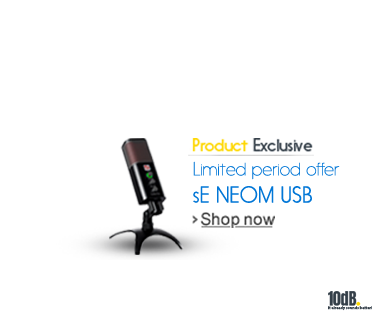
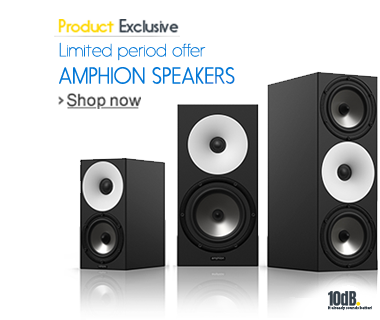
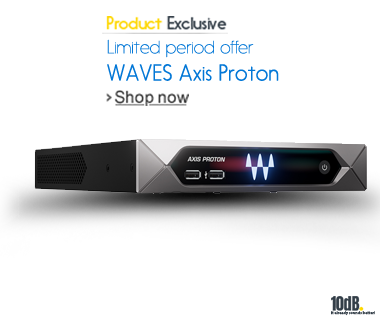
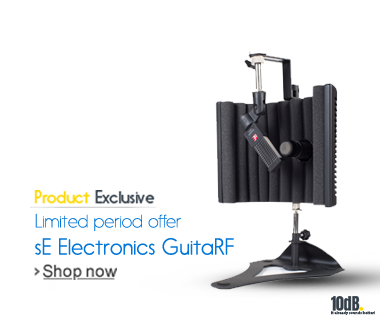
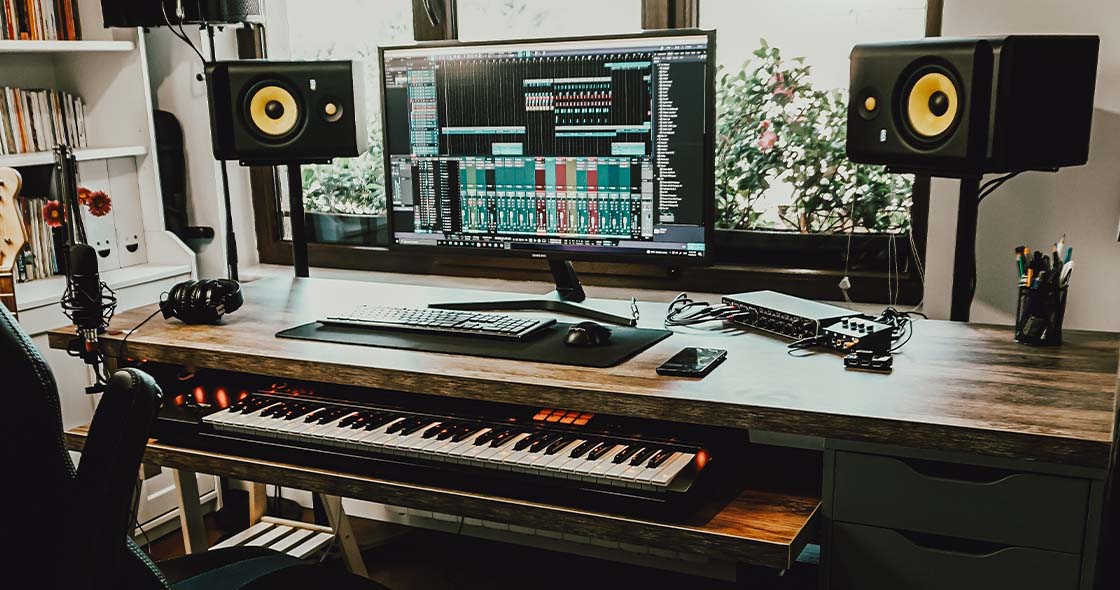
Such a helpful guide! I needed this information to start my recording studio setup. Thanks a lot!